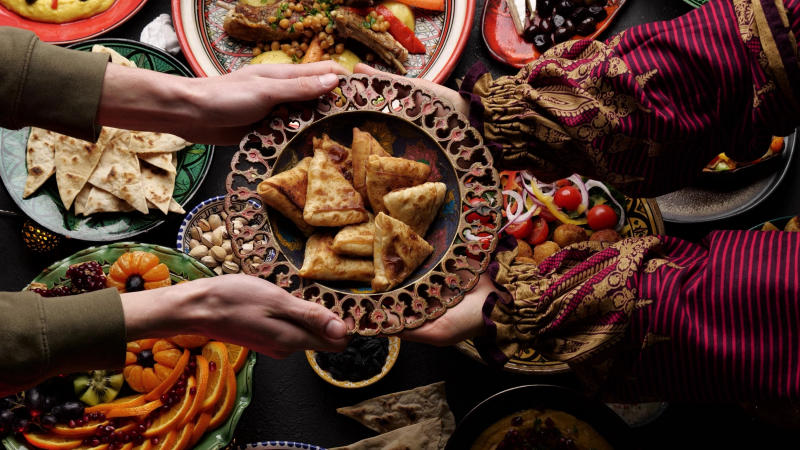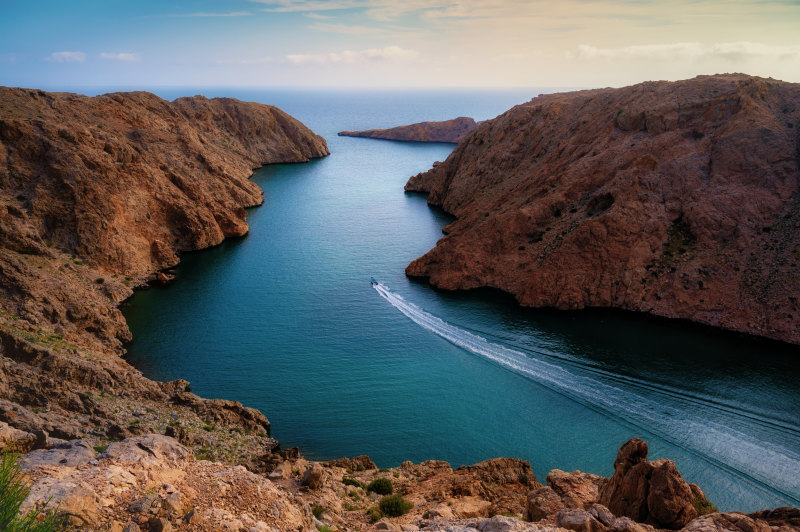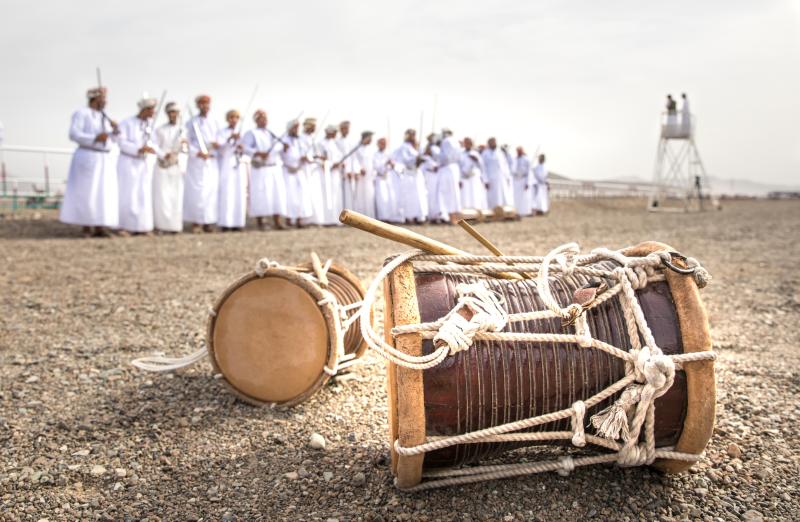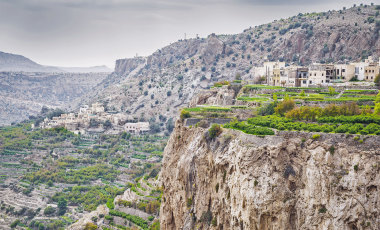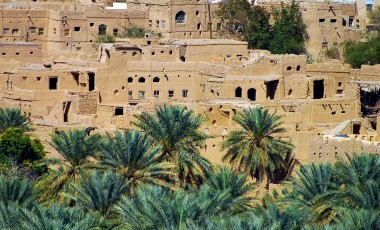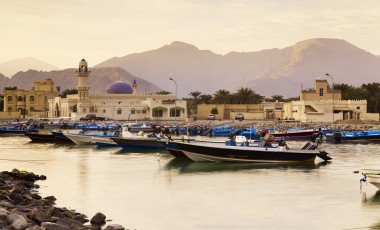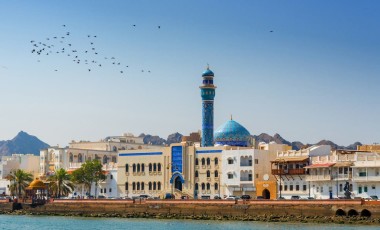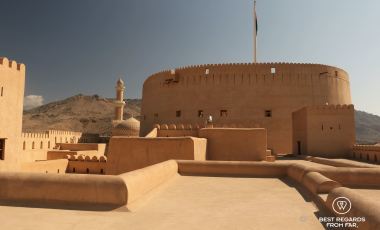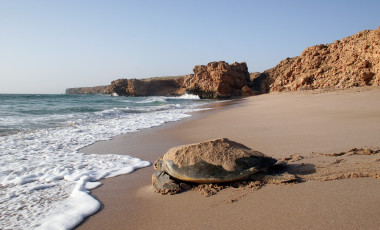When can you travel to Oman?
A desert nation, Oman dazzles you with its magnificent mosques and forts but also surprises you with its delightful wadis and unforgettable desert experiences. But to witness all that this country has to offer, you need to know the best time to visit Oman.
The period from October to March is the best time to visit Oman. Day time temperatures are in the range of 77°F -95°F, nights are pleasant, and there is virtually no rain. Outside of this, the weather during the shoulder months of April and May are also conducive to sightseeing.
Best Time To Visit
overview
we recommend
- Discover the Muscat of yesteryears as you explore Old Muscat
- Hike the rocky terrain of Wadi Ghul, Oman’s Grand Canyon
overview
we recommend
- Watch open-air performances, savor traditional sweets and learn about the region’s arts and crafts at the Muscat Festival
- Shop for exquisite silverware at the Nizwa souk, one of the oldest in the country
overview
we recommend
- Head to Jebel Akhdar Mountain during the rose harvesting season – a treat for your senses
- Go dune bashing or opt for a leisurely camel ride at the Al Wahiba Sands
overview
we recommend
- Swim in the emerald green waters of the Wadi Shab
- Discover a colorful world as you snorkel around the Daymaniyat Islands Nature Reserve.
overview
we recommend
- A visit to the Grand Mosque is a must. While there, don’t forget to view the world’s second-largest carpet in the main hall
- It’s turtle hatching season on the beaches of Oman. Head to Ras Al Jinz for the best seats
overview
we recommend
- Attend a performance at the Royal Opera House in Muscat
overview
we recommend
- Escape the heat with a visit to the National Museum, a must for art connoisseurs
overview
we recommend
- Polish on your bargaining skills at the Mutrah Souq – a treasure trove of traditional arts and crafts
- Dive into the crystal clear waters of the Bimmah or Dabab sinkhole
overview
we recommend
- Sail into the sunset on a traditional dhow boat from the Bandar Al-Rowdha Marina in Muscat
- Climb up the steps of the Nizwa Fort for sweeping views of the town
overview
we recommend
- Relax under swaying coconut trees at the Haffa beach in Salalah
overview
we recommend
- Experience Bedouin culture when you camp at the Al Rub’ Al Khali (The Empty Quarter) Desert
overview
we recommend
- Unwind at the Al Bustan Beach in Muscat
- Welcome the New Year at one of Muscat’s luxurious hotels
Best Time to Visit Oman by Season
Located in the Southeastern quarter of the Arabian Peninsula, Oman experiences warm temperatures throughout the year. The period from December to February is considered the winter months and is also the busiest time of the year for tourists. Expect some heavy but short spells of rain during January and February. March and April usher in springtime weather with flower-filled mountainsides and temperatures around 95°F. Summers in Oman are scorching with temperatures during the months of May-August reaching 100°F and more. During this time, the southern part of Oman experiences the Khareef or monsoon season, which brings down the temperature and increases humidity levels. It’s a busy season in the region as locals head to the beaches of Salalah. The autumn months of September, October, and November see temperatures cooling a little. This is considered to be the shoulder season for travel in Oman.
The mountains of Oman see cooler temperatures all through the year. During the winter months, average daytime highs are around 68°F, and nighttime temperatures can fall to 50°F. Even during the summer months, daytime temperatures rarely push past 85°F.
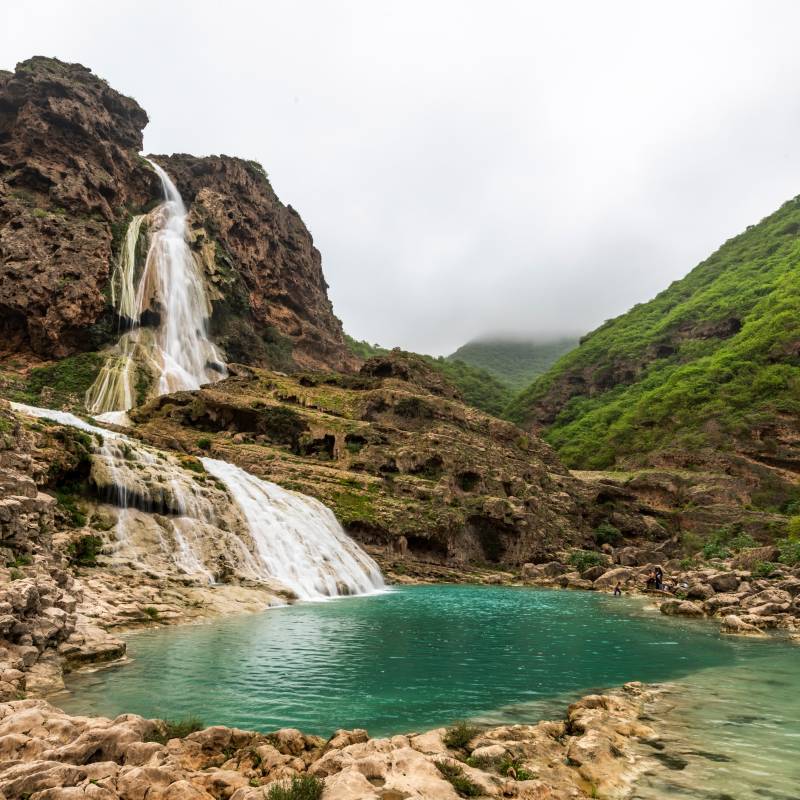
What to Pack for Oman
For a country that experiences warm day time temperatures year-round, it’s best to pack clothes made from breathable fabrics such as cotton and linen. We strongly recommend that you dress modestly in tops that cover your shoulders and upper arms, and dresses that reach your knees. Long dresses work particularly well for the climate and dress code in the country. Women should wear long-sleeved shirts and pants that cover the ankles while visiting places of worship, avoid sheer fabrics, and cover their heads with a scarf or shawl. For men, we recommend linen trousers, shorts that cover the knees, and lightweight shirts. A sun hat, sunscreen, and sunglasses are, of course, a must.
While visitors can wear tank tops, shorts, and swimsuits to their hotel’s pool or at a private beach, modest dressing is recommended at public beaches and when swimming in wadis. Women can wear a T-shirt over their swimwear while men can wear Bermuda style swim shorts.
Nights in the desert and mountainous regions can get cold, so pack a sweater, jumper or light jacket. If you are planning on visiting the mountains, get a good pair of walking or hiking shoes as the terrain is rugged.
We are happy to help you discover the best time for you to visit Oman. Call us for a tailor-made itinerary that will allow you to experience this country to its fullest!
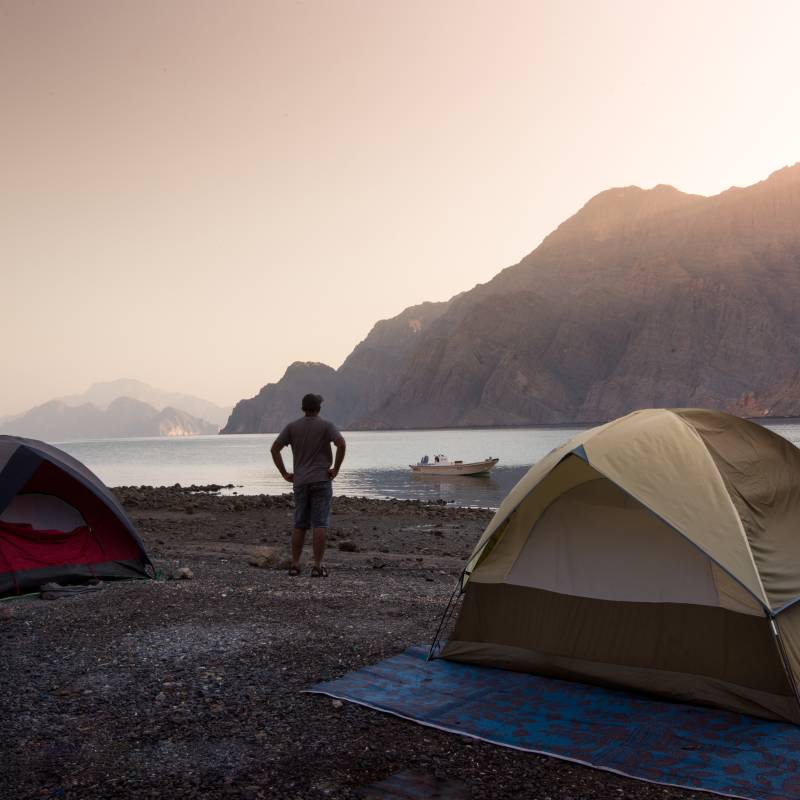
Popular Trips to Oman

Discover the beautiful landscapes and fascinating culture of Oman on this customizable road trip with your personal chauffeur-guide. Admire historical landmarks such as Nakhal Fort and Al Hazm Castle near Muscat, and wander through the city’s bustling markets. Next, head for Jebel Akhdar in the heart of the Hajar Mountains and spend a memorable afternoon…

Discover the many hues and colors of Oman’s varied landscapes on this journey that showcases the country’s natural beauty. After exploring the fascinating architecture and colorful souks of Muscat and the historical and natural highlights of Nizwa, your journey will take you to the northern tip of the Arabian Peninsula. Find out why Musandam is…

Experience your very own Arabian Nights fairy tale on this customizable self-drive journey through Oman. Admire the architecture and grandeur of the Grand Mosque in Muscat, the capital city, and learn about the ancient history of the 13th century Bahla Fort, a UNESCO World Heritage Site in Nizwa. Relax in the shade of swaying palm…
Sorry, your search found no results.
Best Places To Visit
Travel Guide
From which currency you need to health information, tipping, getting around in the country, and visas, our Oman travel guide is packed full of useful information to help you prepare for your vacation.
Things To Do
The jewel of the Middle East, Oman is packed full of exciting things to do and see, from medieval forts to coastal cities and deserts. Choose your favorites from our list!

